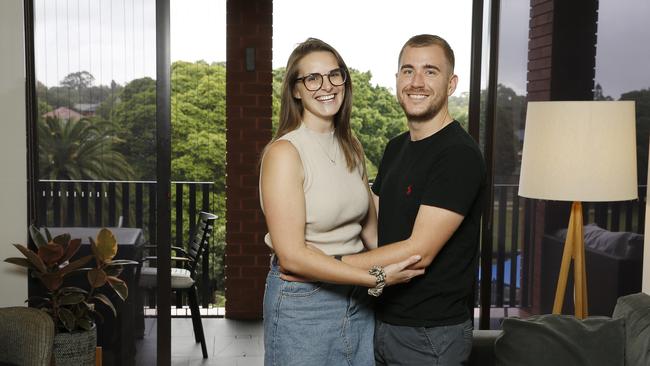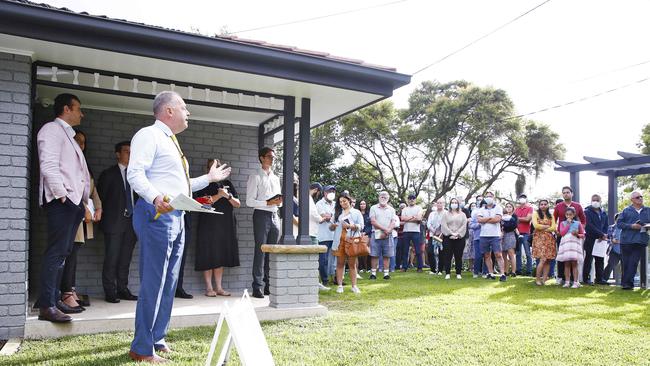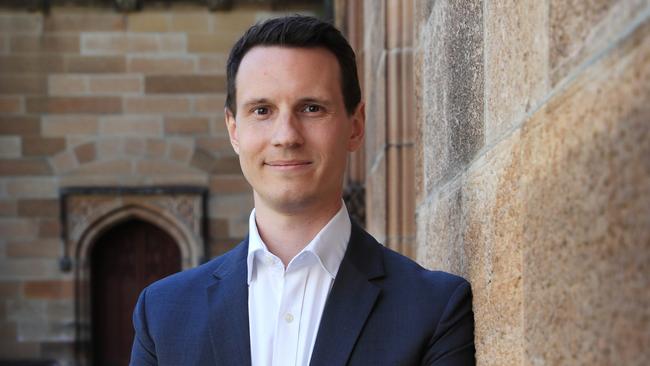NSW real estate: Property price growth by federal electorate
Voters are getting squeezed for up to $1.1m more for homes than they did before the last election. See how you’re affected.
Property
Don't miss out on the headlines from Property. Followed categories will be added to My News.
Australia’s housing affordability crisis has morphed into a bigger problem and spread to more areas since the last federal election, despite the roll out of numerous buyer support packages.
Alarming analysis of price rises since the last election revealed that entering the market was more challenging for new buyers than in 2019 – especially in outer capital city suburbs and regional areas.
The Realestate.com.au study, powered with PropTrack data, measured value movements in every constituency in the country and revealed nearly all had a whirlwind run of price hikes.
Buyers in the worst affected electorates were paying nearly $1.1m more for houses than those who bought before the last federal election.
Many of the biggest rises were in once cheaper regional areas where price rises were previously keeping pace with changes in incomes.

The electorate with the nation’s biggest rise in property prices was Richmond in northern NSW, which includes Tweed Heads, Ballina and Byron Bay.
A typical house in the electorate cost $675,000 in 2019 and the median has since ballooned 74 per cent to nearly $1.2m, according to the Realestate.com.au study.
Eden-Monaro, which includes much of the NSW south coast and the area surrounding the ACT, had a median house price of $450,000 before the last election but it is now $740,000 – a rise of 64 per cent.
There were also rises of over 50 per cent in Page, in northern NSW, and Cowper, which includes Coffs Harbour and Port Macquarie.
Greater Sydney accounted for three of the 10 electorates with the biggest house price rises in the country: Mackeller in northern Sydney and Mitchell and Bennelong in the northwest.
There was little difference in price movements across all Labor and Coalition held seats.
PropTrack economist Angus Moore said the skyrocketing prices came at a time of stagnant wage growth, which meant people’s buying power diminished even though interest rates dropped.
“It takes much longer to save a deposit, that’s the challenge for buyers. Paying down a mortgage is not the issue, although rates will probably increase,” he said.
Mr Moore said government incentives for first homebuyers, including a recent announcement to expand the First Home Guarantee Scheme, were not doing enough to combat affordability issues.
The FHGS allows eligible buyers to purchase with a deposit as small as 2 per cent.
The policy, and other support packages, addressed the symptoms of price rises but not their complex causes – the most pressing of which was a significant shortage of housing, Mr Moore said.

“It will help, but without a change in supply it’s not going to fix the problem,” he said.
Real Estate of NSW chief executive Tim McKibbin said neither of the major political parties were proposing policies that would go far enough in solving the affordability issue.
“On the surface, being able to buy with a smaller deposit looks great, but it’s an attempt to increase demand, when what we really have is a supply problem,” he said.
The issue couldn’t be laid squarely at the feet of the federal government, but it could do more to encourage new housing supply, such as lowering taxes on newly built properties, Mr McKibbin said.
Mr Moore said most of the electorates with the biggest price rises tended to be areas dominated by low density housing that appealed to white collar professionals with remote working arrangements.
These buyers often relocated from pricey inner Sydney suburbs after selling their houses for considerable profits and local residents could not afford to compete with their offers.

First homebuyers Georgia Bice and husband Michael Dawes said they couldn’t afford to buy a house in their local area despite a good double income.
The pair have been renting in electorate of Grayndler in the inner west for several years and had been looking to buy a two bedroom terrace in the region. They have now decided to rentvest.
Ms Bice, a home loan specialist at First Choice Mortgage Brokers, said seeing how much prices had increased was “disheartening”.
“There are a lot of people in my circle that don’t have the idea of home ownership on their radar. We’re resigned to the fact that we’ll probably be renting into our forties.”
Ten NSW electorates with largest price growth since last election (houses): Richmond, Mackellar, Mitchell, Eden-Monaro, Bennelong, Berowra, Bradfield, Robertson, Warringah, Cook




